Nicolás P. Villarreal is a busy man. In addition to his roles as instructor and Director of Visual Development and 2D Animation at the Schools of Visual Development and Animation & Visual Effects at Academy of Art University, he has not one, but two different films simultaneously making the rounds on the film festival circuit.
And to add to all the excitement, both films are winning awards.

Professionals who practice what they teach
It’s pretty great for a filmmaker to have one of their films accepted to a top-notch film festival. And it must feel even better to have their film win a film festival award.
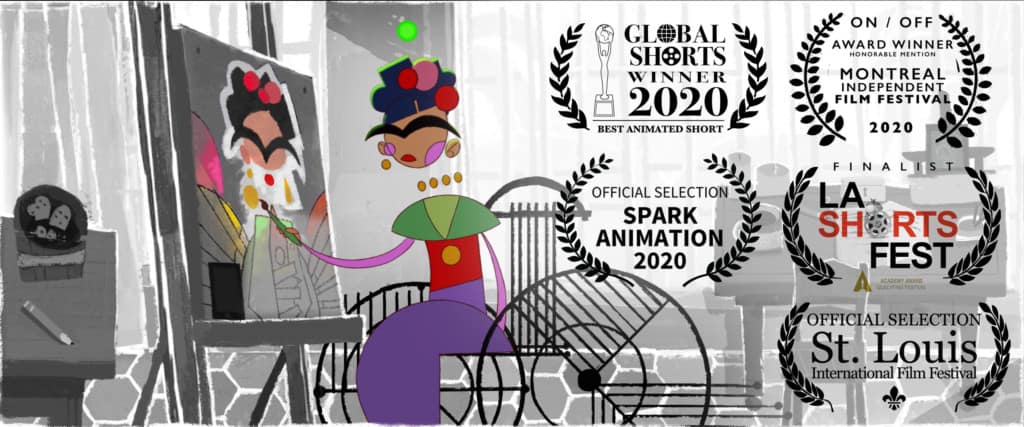
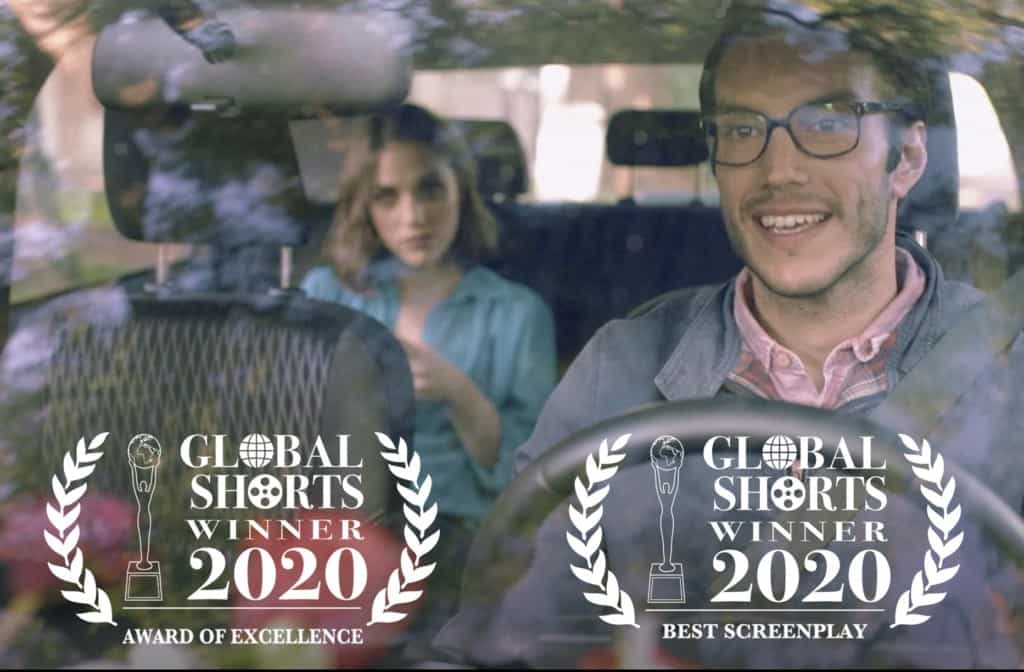
To date, the animated film titled, ON / OFF has won the following:
- Best Animated Film at the Global Shorts International Film Festival
- Honorable Mention in Animation Filmmaking at the Montreal Independent Film Festival.
The second film, Things Are Looking Up, has won the following awards so far:
- Best Screenplay at the Global Shorts International Film Festival
- Best International Thriller at the Venice Shorts Film Festival
- Award of Excellence at the Global Shorts International Film Festival
- Best International Narrative Myrtle Beach International Awards
- Best International Narrative Carolina International Awards
A Discussion with the Filmmaker
We caught up with Nicolas to talk specifically about his award-winning animated short film, ON/OFF.
When did you decide you wanted to be an animator?
I loved animation since I was a kid. Even though I didn’t know how it worked, I loved it. I knew they were drawing the characters, but I didn’t comprehend how they they made them move.
When I was fifteen years old, my parents gave me a book called “The Treasures of Disney Animation” for Christmas. I spent the whole summer copying every drawing in that book. I didn’t know why I was copying them. They were just very attractive to me.
At one point I noticed the names of the artists under the drawings. I realized that they were working artists. Up to that point I didn’t know that you could work as an animator or an artist. It seemed so surreal to me because Argentina so far from Disney movies.
What is ON / OFF about?
ON / OFF is my fourth animated short film, showing how today’s technology and social media can be a huge distraction to creative minds and discipline, something that can derail you inadvertently from a passion that you may have and dedicate less time to it neglecting it. It’s my point of view and perspective of how geniuses like Frida Kahlo, Da Vinci, Beethoven, and Tesla would have interacted with it and their counterparts today.

What did you want to say with ON / OFF?
My favorite films, shorts, features, documentaries are the ones that leave me thinking about the content after the fact, questioning my life and or inspiring me. I hope this film does the same about how we interact with technology and social media and shows to each of us how there could be a possible different future utilizing it for something productive creating things that we feel we have to get out there.
Hopefully it will make them go back to that passion that they have and the urge to create something that they have been keeping in the back of their minds.
What do you hope people get from ON / OFF?
A friend of mine told me once “the moment you finish a film is not yours anymore, it belongs to the audience. They will decode it however they feel at that moment since all of us have different emotional histories”. Hopefully, the film makes them think and consider what they are doing today. You can use social media and technology for your work but it can also be a black hole that sucks you in. I look forward to seeing the reaction of the audience.
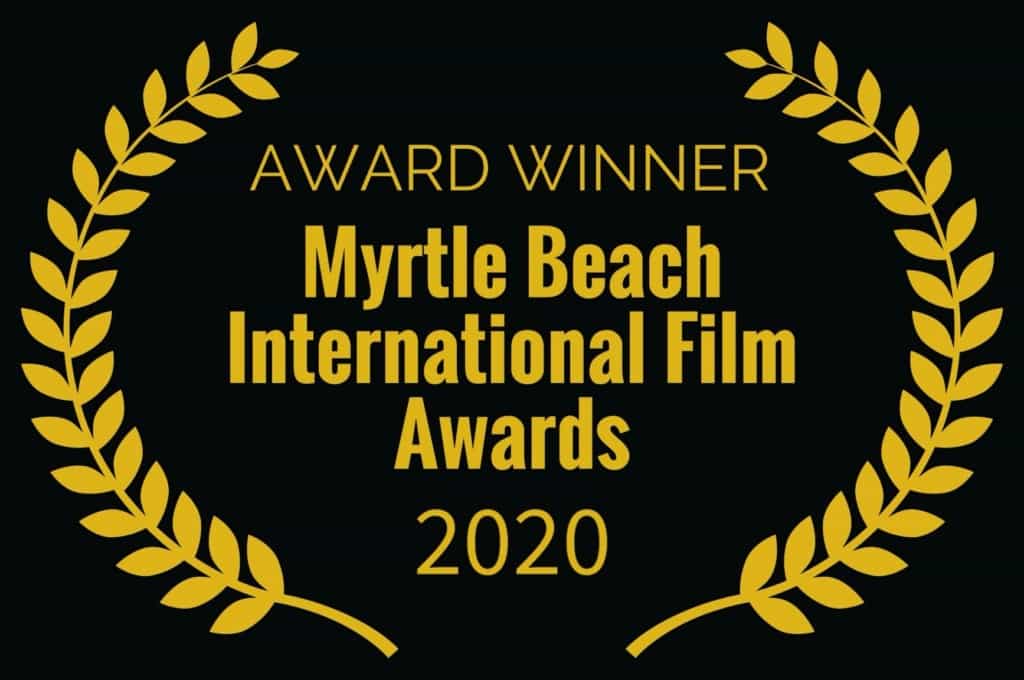
Why do you think the message of ON / OFF is important today?
Our phones can be a great tool for good, or a big distraction. I use my phone to do a lot of work but I’m not exempt to this. When I was in school, it seems like there were fewer distractions,. Music in the background, animating or painting. That was pretty much it. I hope the message in this film leaves the audience thinking if they are sacrificing something great that they could be doing by inconsequential and ephemeral social media content that won’t affect their lives positively.
What was the inspiration for ON / OFF?
Paying attention to everyday life can be inspiring. I started paying attention to how some people use their phones to do productive things and others to play games or browse in social media. I’m not saying it’s wrong to use the phone as a distraction for a few minutes–but that adds up.
I checked the usage of my phone one day and it was over six hours! I noticed it riding Muni, in meetings, in my classes. Some students in the five minutes breaks they play games or go on Facebook while others look for reference and other artists. Those five minutes add up at the end of the day. I know that is a cliché but there is something about our eyes that to me that display the level of focus that you have and you can see it in those that are on a mission to achieve something.
Tell us about the animation. It is different than anything we’ve seen before. Are your other films done in this same style?
I think that a story inspires a style and the style reinforces the story. If the story works, it can work in any medium, 2D animation, 3D animation, stop motion or live action, but choosing this medium well can add a higher and deeper level to the story.
How did you develop the visual style used in ON / OFF?
A few years ago I was doodling a caricature of Salvador Dali in my sketchbook. I kept pushing the design, experimenting how far I could take the shapes without any detail. How minimal could it be without losing the essence of what makes Dali, Dali? I developed this style by combining very simple graphic shapes.
After that I did two murals in the city, one of Frida Kahlo and the other on of [Start Trek character] Spok. I have had this idea in my head for a while to make a film on how we interact with social media and how this can disrupt our creativity. I don’t remember exactly how but at one point both merged and I started exploring this style and adapting it to animation. Over time, I simplified it more and I did a line-up of possible characters.
As in your previous films, music plays a very important role in ON / OFF. It’s amazing how much power and feeling you can get from music and visuals together. Tell us about the music in ON / OFF, and its role in your film.
Michael Brennan composed the music. I have been working with Michael since my first film Pasteurized over 10 years ago. He understands the message that I’m sending, and brings the film to a complete different level with his work. This film is similar to my film Nieta in the way that the music pushes you to the emotional point of the film . This happens with every soundtrack of course but I believe in some movies there is a back and forth between the image and music. Pasteurized and La Casa de Colores were driven by the visuals, while Nieta and ON / OFF were driven by the music. This is a very subtle dance between visuals and music but I believe is noticeable.
Is it difficult to tell a story without words?
I recently watched an interview with Chuck Jones [filmmaker and cartoonist best known for his work on the Looney Tunes and Merrie Melodies shorts] and he said something that stuck with me. He said that when he would fly he would turn on the little screen on the plane and start watching movies without any sound. If he wouldn’t understand what was going on he would switch it until he would found one that he would. I approach all my films like that, regardless if they have words or not. Once the action is clear everything that you add on top brings the film to a different level and helps to reinforce the story in that shot or scene.
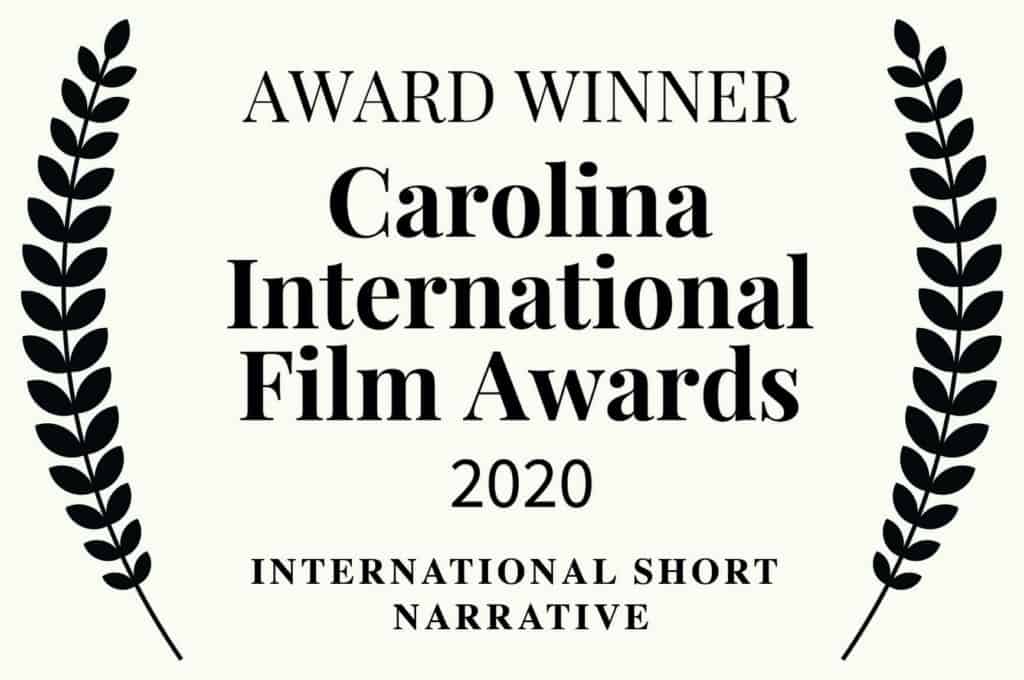
How long did it take for you to create ON / OFF?
I started ON / OFF in November of 2018 and we finished it early this year in March 2020. Seventeen months. On this film I wanted to do everything by myself like I almost did with Pasteurized. I wanted to remember that feeling. I did all the visuals on the screen, and then I passed the film to my composer Michael Brennan and then to sound design and color correction.
The credits on the movie mention “StudioX.” Who or what is “StudioX?”
Studio X is a collaborative project that we have at the Academy where students work in advanced projects. The work of Studio X is seen in movies that were nominated for Oscars. For example, Fruitvale Station and Beast of the Southern Wild. They helped me with the intro of the film. We are also working on the trailer of my animated Feature Film The Aces.
This isn’t your first successful animated film to receive such positive attention. What are you doing right?
I’m not sure what I’m doing right but with all my projects I study filmmaking as much as I can. I try to understand it and exercise it in my films. It’s good to follow my instincts and emotions of what I am trying to convey. I approach everything as a challenge. This brings me inner peace when I’ve finished the film.
When I was at the Academy as a student, I would always tell myself before starting a drawing, drawing, painting, shot, film etc: “I bet you can’t do it!” And I would immediately reply to myself “I bet I can, and I’ll show you.” It’s this constant internal fight that makes me do the best I can every time.
That’s the only thing that brings me peace of mind when, no mater how well the film does. I hope they like my work but if they don’t they need to know that whatever they see on the screen is the best that I can do.
One time I shared with an instructor that after a few weeks I would hate my work. He told me something that stuck with me. “If you look back at a painting or a drawing, think if in that moment that was the best that you could have done. If the answer is yes—forget it and move on.”
My parents always encouraged me to simply do my best and move on. “That’s the only thing that we can do.”

What advice do you have for aspiring animators who are wondering if they should go animation school?
That they should follow what they love to do without thinking of the consequences. But they need to follow it seriously. They can’t follow it as a hobby. I know this is something that we hear over and over but it’s true. It’s the only thing I believe that will bring you peace. That they should draw as much as they can. I couldn’t stop drawing when I was young and I love drawing as much today. I was attracted to drawing and then to animating. Studying animation to me and being in art school studying animation is one of the best decisions that I have ever taken.
What advice do you have for aspiring animators who are wondering if they should go for it and make a film, or give up and get a 9 to 5 job?
Several years ago Ralph Eggleston came to the Academy and a gave a wonderful lecture about filmmaking. The functionality of the story and the logic behind making a film. His advice was that making a film when you are a student helps you to understand all the aspects of the production and, in the eyes of recruiters, art director and directors, that makes a difference. They know that you can see the whole production and you have a good idea how it works. I believe this makes a huge difference when looking for a job. It’s crucial to get a job out of school, I believe working on a film while you are at school or after as well will open more doors in the future.
What’s next for you?
We are working on the trailer of my animated feature film (The Aces) and we should have it done in around a year or so. And then the challenge will be to put it in full production.
What’s the most important thing you learned about yourself at the Academy?
To trust my instincts and apply them to all the lessons that I learned while at the School and my previous experiences in Argentina. I think this school reinforces your confidence about your work and it helps you to be secure about the decision that you make if you are working in an animation production, a game or doing a drawing or a painting as well.
What is your favorite memory of your time here at the Academy?
It’s hard to pick one because I loved every aspect of the time that I spent at the school. Coming to the Academy to continue studying painting and animation was something that I value every day more with the pass of time. I have great memories from the classes with Sherrie H. Sinclair, Barbara Bradley and Bill Maughan and playing in the Soccer team with the coach Shay Wisely.
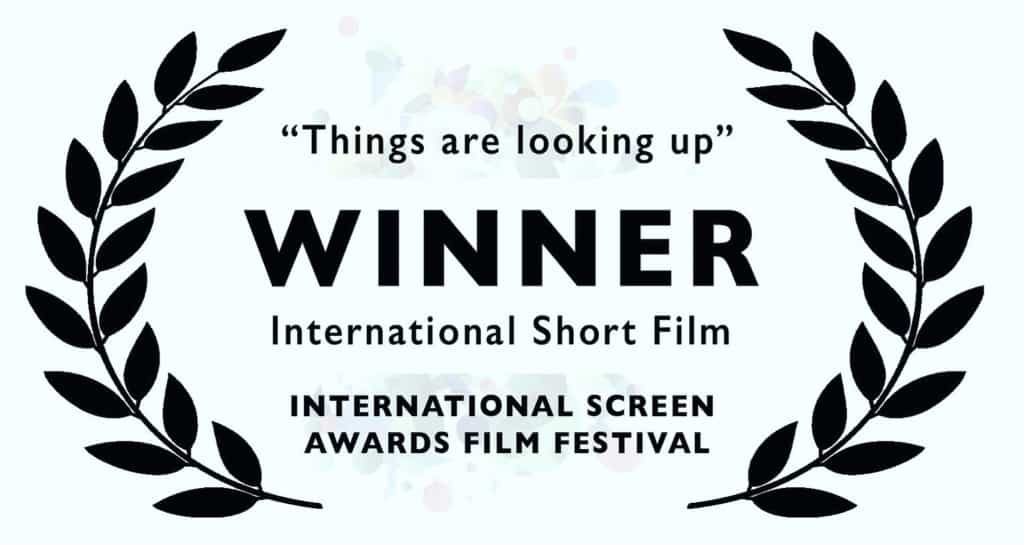
Are there specific experiences in your life—epiphanies, realizations, or “a-ha” moments—that have made you better at your craft? Or stronger as a person?
When I was in Argentina finishing my undergrad degree, I did a short film in the second year. The film had a bunny that had to take a cab at the end using stop motion. I did the doll of the bunny but I rushed the process because I wanted to finish it. I didn’t use the proper materials for the structure inside. When the day to film that shot came the bunny wouldn’t stand. It would barely stand and it would move from one side to the other. It was completely unstable.
So, to finish the film I gave him sunglasses and a cane, but when he would walk he would wobble from one side to the other one. I switched the story to make the bunny “drunk and blind”. It didn’t look terrible but it certainly did not look good. I quickly shot it and showed it to my teacher.
He looked at it and without being facetious he asked, “is this the best that you can do?” He knew I could have done so much better. I have used this experience as a motivation. I often tell myself:
“Don’t make a blind drunk bunny!”
Nicolás P. Villarreal
How did you feel when he said “is this the best that you can do?”
It was like an arrow to my heart. I was preparing myself to come to the Academy at the same time. I thought, everyone is going to be extremely prepared. I’m going to be destroyed. So I started drawing and painting as much as I could, thinking that everyone was going to be much better than I was.
In my first semester at the Academy I realized that due to all that preparation I was in much better shape than the rest. Since then in every project that I start, my films or any other production, I think that everyone is going to be better than I am and I have to prepare for that scenario.
These experiences made me start taking everything as a challenge. Even while doing assignments I would talk to myself and I would say “I bet you can’t do this” – and I would immediately reply “I bet I can and I’ll show you”. That little game helped me and I still repeat it today.
Academy of Art University’s online animation school is designed to help you set up a professional career in the industry wherever you may be.